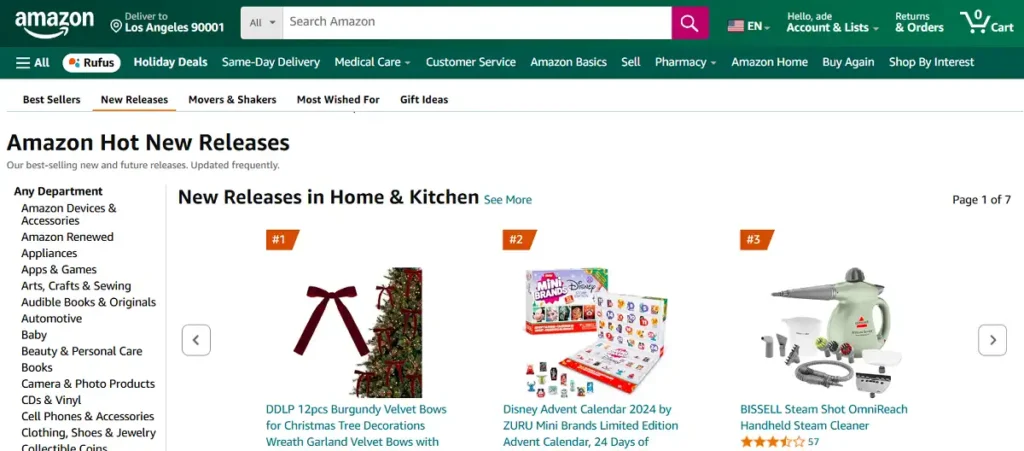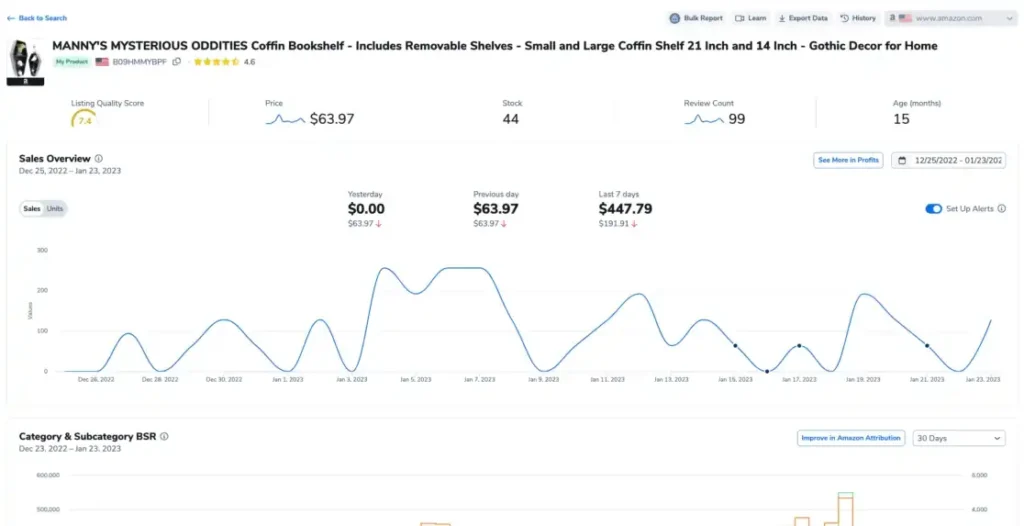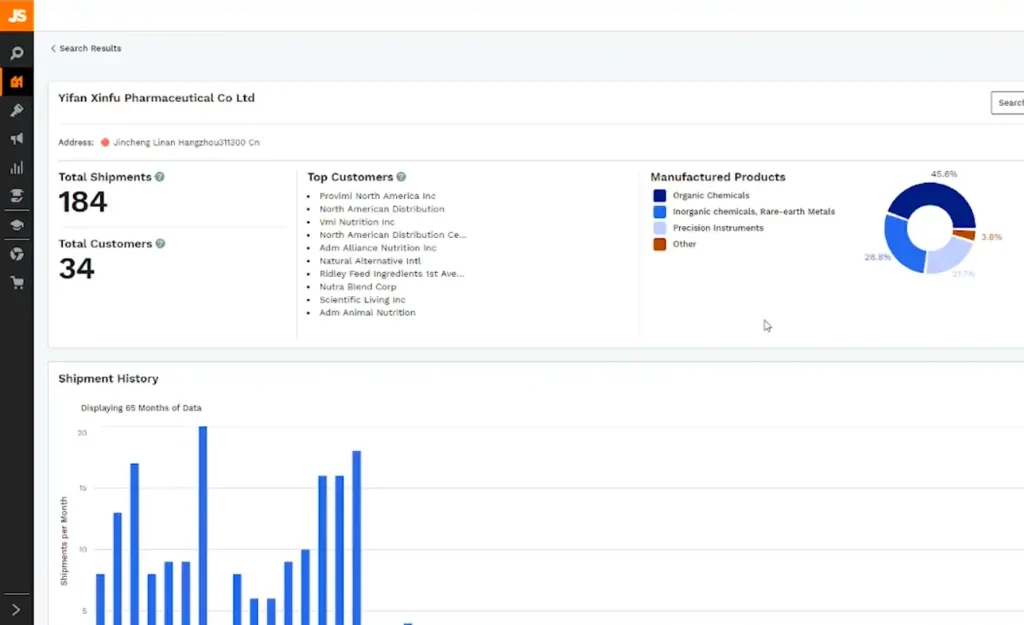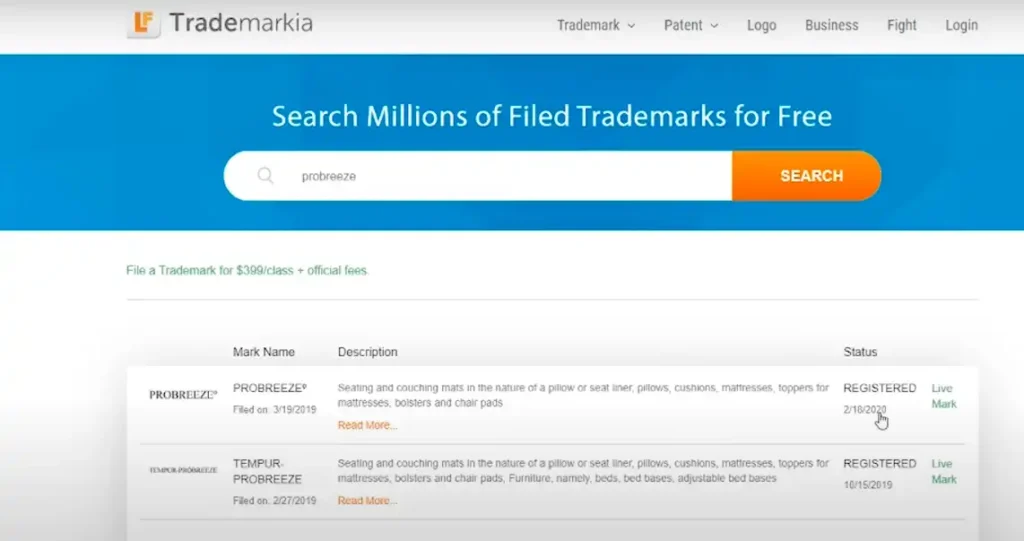Finding a reliable product source can be a make-or-break factor for Amazon sellers aiming to compete effectively. If you’re wondering how to identify where your competitors source their products, you’re not alone. Many sellers use a mix of direct research, data analysis tools, and creative methods to gain insight into their competitors’ suppliers and product-sourcing strategies.
Below, we’ll explore everything you need to know to uncover competitor product sources for Amazon, giving you a step-by-step guide to building a sourcing advantage.
Why Knowing Your Competitors’ Product Sources Matters
Knowing where your competitors source their products isn’t just a nice-to-have insight; it’s a powerful way to enhance your own product lineup and pricing strategy. If your competitor is excelling with a particular product, tracing their supply chain can open doors to similar suppliers, allowing you to compete on price or add improvements that meet unfulfilled customer needs. With over 9 million Amazon sellers worldwide, staying ahead requires more than just launching any product—it requires knowing how to source quality products at competitive prices. This guide provides the essential methods and tools to locate these sources, creating a roadmap to building a profitable Amazon store.
Leveraging Amazon’s Data and Keyword Research to Identify Product Opportunities
To get started, Amazon offers built-in features that provide a goldmine of information on what’s currently hot in the marketplace. Lists like Best Sellers, Movers & Shakers, and Hot New Releases reveal high-demand categories and trending products. Studying these lists is one of the easiest ways to pinpoint which products and categories have strong potential for profitability.

Once you’ve identified a promising category, think about narrowing down to a subcategory to avoid heavily saturated markets. For example, if you see a surge in “home fitness equipment,” you might consider focusing on a smaller segment, like resistance bands for home use, rather than something broad like dumbbells or treadmills. By niching down, you’re tapping into a more focused audience with specific needs.
Keyword research takes this analysis further by highlighting high-potential products based on search terms customers are using. Tools like SellerSprite’s Keyword Research can help you find keywords with high search volumes and low competition, making it easier to identify product opportunities that aren’t yet fully saturated. For example, a term like “eco-friendly lunch containers” may indicate demand within the reusable lunchware category, signaling a unique product opportunity.
Tools and Software for Finding Competitor Product Sources
Several tools make it easier to uncover competitor product sources by analyzing listings and supplier data. Here’s how top tools can help:
- Jungle Scout: Known for its Supplier Database, Jungle Scout links brands with suppliers by using data from import records and bills of lading. This feature is ideal for tracing where a competitor’s products originate. A simple brand search may reveal the exact supplier your competitor is working with.

- Helium 10: As a comprehensive tool, Helium 10 provides access to listing information and competitor insights. The Competitor Analysis feature can reveal inventory, sales estimates, and sourcing hints.

- AMZScout’s Stock Stats and SellerSprite’s Competitor Lookup: These tools let you monitor competitor stock levels and check sales trends. By tracking stock levels, you can see if a competitor is meeting demand consistently or if they struggle with supplier reliability.
- ProfitGuru and FBA Calculator: Estimating profitability becomes more straightforward with these tools, which allow you to calculate potential profits and monitor market demand for products similar to those offered by your competitors.
With these tools, you gain a fuller picture of competitors’ sourcing tactics, stock levels, and profit margins, allowing you to make well-informed decisions about which products to source.
Finding Competitor Product Sources Using Jungle Scout
To help you find your competitor’s supplier on Amazon just like in the video, here’s a step-by-step guide that mirrors the process Nick describes:
Step 1: Choose a Competitor Product to Analyze
Start by picking the product you’re interested in sourcing. For this example, let’s say it’s eco-friendly disposable plates or another top-selling item. Make sure to note down the brand name or ASIN (Amazon Standard Identification Number) of the product.
Step 2: Open Jungle Scout’s Supplier Database
Log in to Jungle Scout, a tool designed to give insights into suppliers and competitors on Amazon. Navigate to the Supplier Database feature, which uses public data from bills of lading (shipment records) to help you track suppliers.

Step 3: Search by Brand or Company Name
In the Supplier Database, you can search by several parameters:
- Brand Name: Start by entering the brand name of your competitor. In the example, Nick searched for “Earth’s Natural Alternative.”
- Company Name: If the brand search doesn’t yield results, move on to the registered company name.
If Jungle Scout suggests a different company name related to the brand, follow their suggestion to get the most relevant data.
Step 4: Cross-Verify the Supplier’s Information
After finding a potential supplier match, take a few extra steps to confirm the supplier’s authenticity:
- Check the Supplier’s Location: Make sure the supplier’s address matches the region you expect.
- Company Name Match: You can cross-reference the supplier company name through a quick Google search or by using additional resources like Trademarkia to confirm the brand ownership. This step is particularly useful when brands try to keep their supplier information hidden.

Step 5: Review the Supplier List and Analyze Import Data
Once you’re confident about the supplier’s details, review the list of suppliers in Jungle Scout’s results:
- Look at the import volume and frequency of shipments to understand if this supplier regularly supplies large quantities, indicating a potentially trusted partner.
- Analyze other shipment details to assess if this supplier provides products directly to your competitor or sells similar items.

Step 6: Explore Contact Information for Direct Outreach
Jungle Scout provides contact information and links directly to the supplier’s profile. You can:
- Search for supplier contact details on Google or Alibaba for direct outreach options.
- Email or call the supplier, referencing your interest in similar products for a price quote.

Step 7: Use Trademarkia for Backup Research (if Needed)
If you couldn’t locate the supplier through the brand name search in Jungle Scout, try searching on Trademarkia.com:
- Enter the brand name (e.g., “Pro Breeze”).
- Note the official company name that owns the trademark.
- Return to Jungle Scout’s Supplier Database and enter this company name for more refined results.

Step 8: Cross-Reference Supplier Information
To confirm that you’ve found the right supplier, cross-check:
- Addresses and company details against public records.
- Compare product descriptions from the supplier’s portfolio to the product you’re interested in.
Step 9: Contact Supplier for More Information
Now that you’ve identified a potential supplier, reach out and ask for:
- Samples to evaluate product quality.
- Pricing information and bulk discounts if applicable.
This method gives you the advantage of working with reliable suppliers who already meet the standards of your competitors, potentially giving you the edge you need to make a strong entrance into the Amazon market. By cross-referencing and verifying every step, you ensure you’re working with quality suppliers who can meet your product needs effectively.
Key Factors to Consider when Analyzing Your Competitors
Effective competitor analysis goes beyond finding a supplier. It’s about understanding why a product performs well and how you can replicate or improve upon it. Start by reading customer reviews on competitor listings to identify any recurring complaints or unmet needs. Perhaps there are quality issues, or maybe customers want a specific feature that’s lacking in current options. This information gives you clues for adjustments or improvements, giving your version of the product an edge.
Pricing is another crucial aspect. By studying your competitor’s pricing strategy, you can determine if it’s feasible to offer a similar product at a more competitive price or if there’s an opportunity to position yourself as a premium option. Tools like SellerSprite’s Competitor Lookup and Jungle Scout’s Competitive Intelligence allow you to analyze competitor sales trends, track their pricing over time, and find any fluctuations indicating inventory challenges or sales tactics.
Finally, consider exploring niche markets. Sometimes, competitors overlook sub-niches within broader categories, giving you an opening to address specific audience needs they’ve neglected. Niche markets often come with loyal, dedicated customers who are willing to pay a premium for products tailored to them.
FAQs
What are the best tools for finding competitor product sources?
Tools like Jungle Scout, Helium 10, AMZScout, and SellerSprite offer robust features for competitor analysis, product sourcing, and profitability calculations.
How can I identify my competitors’ suppliers on Alibaba?
Reverse image searches and searching by product specifications or brand can sometimes reveal suppliers used by competitors on Alibaba.
Is it legal to source products from my competitor’s supplier?
Yes, but ensure compliance with all intellectual property laws. Working with the same supplier does not guarantee you’ll get the exact same product.
What steps should I take to ensure my products are compliant with Amazon’s standards?
Research Amazon’s compliance requirements for labeling, packaging, and safety standards. Stay informed on any changes to ensure continuous compliance.
Can I succeed by reselling a product already on Amazon?
Yes, reselling can be successful with the right pricing and marketing strategy. Unique branding or improved quality can differentiate your product.
Summing Up
By locating reliable product sources, closely monitoring competitors, and staying agile in the marketplace, Amazon sellers can establish a robust competitive edge. This approach requires dedication to research, supplier relationships, and compliance. But the payoff—both in profitability and brand reputation—can be immense for those who commit to a thoughtful sourcing strategy.

